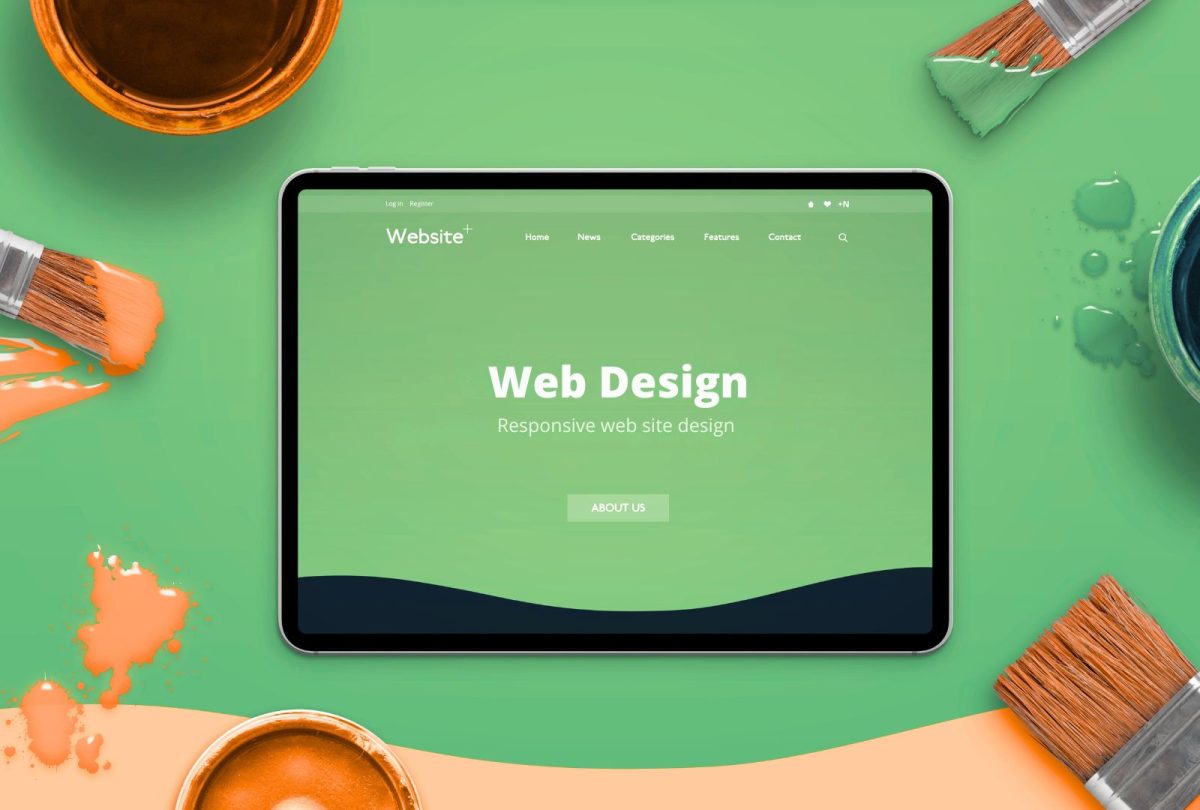Table of Contents

A well-designed website is more than just a pretty layout—it’s your brand’s digital storefront, a tool for conversions, and a crucial element for user engagement. Yet even the most beautiful websites can fail if basic web design principles are ignored.
In this post, we’ll break down the most common web design mistakes and share practical ways to avoid them—ensuring your website is not only stunning but also functional, fast, and effective.

Why Good Web Design Matters
Before diving into the common mistakes, let’s quickly recap why web design is critical. A Stanford study found that 75% of users judge a company’s credibility based on its website design. That means poor design can hurt your brand before you even say a word.
Good design impacts:
- First impressions
- User trust
- Navigation and user experience
- Conversions and lead generation
- SEO performance
Web Design Mistakes to Avoid
These are the most common design errors that can hurt your site’s performance and user experience. Addressing them early can make a huge difference in how users perceive and interact with your brand.
1. Cluttered Layout and Poor Visual Hierarchy
What’s the Problem?
A messy, overcrowded design overwhelms users. If visitors don’t know where to look or what action to take, they’ll bounce—fast.
How to Avoid It:
- Use white space to create breathing room
- Stick to a clean layout with clear visual hierarchy—use size, color, and placement to highlight key messages
- Limit the number of fonts and colors to maintain consistency
2. Slow Loading Speeds
What’s the Problem?
Google research shows that 53% of mobile users abandon a site that takes longer than 3 seconds to load. Speed isn’t optional—it’s essential.
How to Avoid It:
- Compress images and optimise media files
- Minify CSS and JavaScript
- Use a fast, reliable hosting provider
- Implement lazy loading and caching strategies
Check your website’s performance with Google PageSpeed Insights.
3. Not Mobile-Responsive
What’s the Problem?
Over 60% of web traffic comes from mobile devices, according to Statista. A non-responsive website alienates more than half of your visitors.
How to Avoid It:
- Use a responsive design framework like Tailwind CSS or Bootstrap
- Test across devices (phones, tablets, desktops)
- Prioritise touch-friendly elements and mobile-friendly fonts
At Pressific, we help brands maintain responsive and modern WordPress websites that perform smoothly across all screen sizes.
4. Inconsistent Branding
What’s the Problem?
Inconsistent colors, fonts, and logo usage can confuse your audience and weaken brand recognition.
How to Avoid It:
- Create a brand style guide and stick to it
- Use the same logo, fonts, and color scheme across all pages
- Maintain consistent messaging and tone of voice throughout the site
Consistency builds trust and leaves a lasting impression.
5. Weak or Hidden Call-to-Actions (CTAs)
What’s the Problem?
If your CTAs aren’t clear or visible, users won’t take the next step—whether it’s making a purchase, signing up, or contacting you.
How to Avoid It:
- Use action-oriented language like “Get Started” or “Book a Free Demo”
- Design CTAs to stand out visually using contrasting colors
- Place them prominently on key pages and sections
Good CTAs drive conversions and help users navigate their journey.
6. Overuse of Stock Photos
What’s the Problem?
Generic stock photos can make your brand feel impersonal and forgettable—especially if users have seen those same images elsewhere.
How to Avoid It:
- Use custom imagery that reflects your brand personality
- If you must use stock, choose high-quality and niche-specific images
- Optimise images to ensure fast load times and proper formatting
Authenticity always outperforms generic visuals.
7. Poor Navigation Structure
What’s the Problem?
If users can’t easily find what they need, they’ll leave. Confusing menus, broken links, and deep content layers are all major turnoffs.
How to Avoid It:
- Keep menus clear and concise
- Avoid dropdown overload—limit the number of submenus
- Make sure every important page is reachable within two or three clicks
A clear structure enhances user experience and improves SEO.
8. Ignoring Accessibility Design Principles
What’s the Problem?
Designs that fail to consider accessibility exclude a significant number of users—especially those with visual, cognitive, or motor impairments.
How to Avoid It:
- Use sufficient color contrast for readability
- Add alt text for all meaningful images
- Ensure your site is keyboard navigable
- Follow WCAG guidelines to make your site inclusive
Accessibility isn’t optional—it’s part of responsible, user-friendly design.
9. Too Much Text, Not Enough Visual Flow
What’s the Problem?
Blocks of dense text can overwhelm users. Even if your message is strong, it might get skipped if it’s not easy to scan.
How to Avoid It:
- Use short paragraphs and break up content with headings
- Add bullet points and visuals to improve flow
- Choose fonts and line heights that enhance readability
Users scan, not read—design with that behaviour in mind.
Final Thoughts: Great Design is Intentional
Avoiding these common web design mistakes can dramatically improve your site’s performance, usability, and perception. From layout clarity to accessibility, every element of your design contributes to how users experience your brand online.
Whether you’re refreshing your current site or starting from scratch, remember: great web design isn’t just about aesthetics—it’s about strategy, clarity, and connection.
Looking for support in managing your website’s design and performance long-term? Pressific helps brands maintain strong, secure, and effective WordPress websites—with design best practices baked in.






